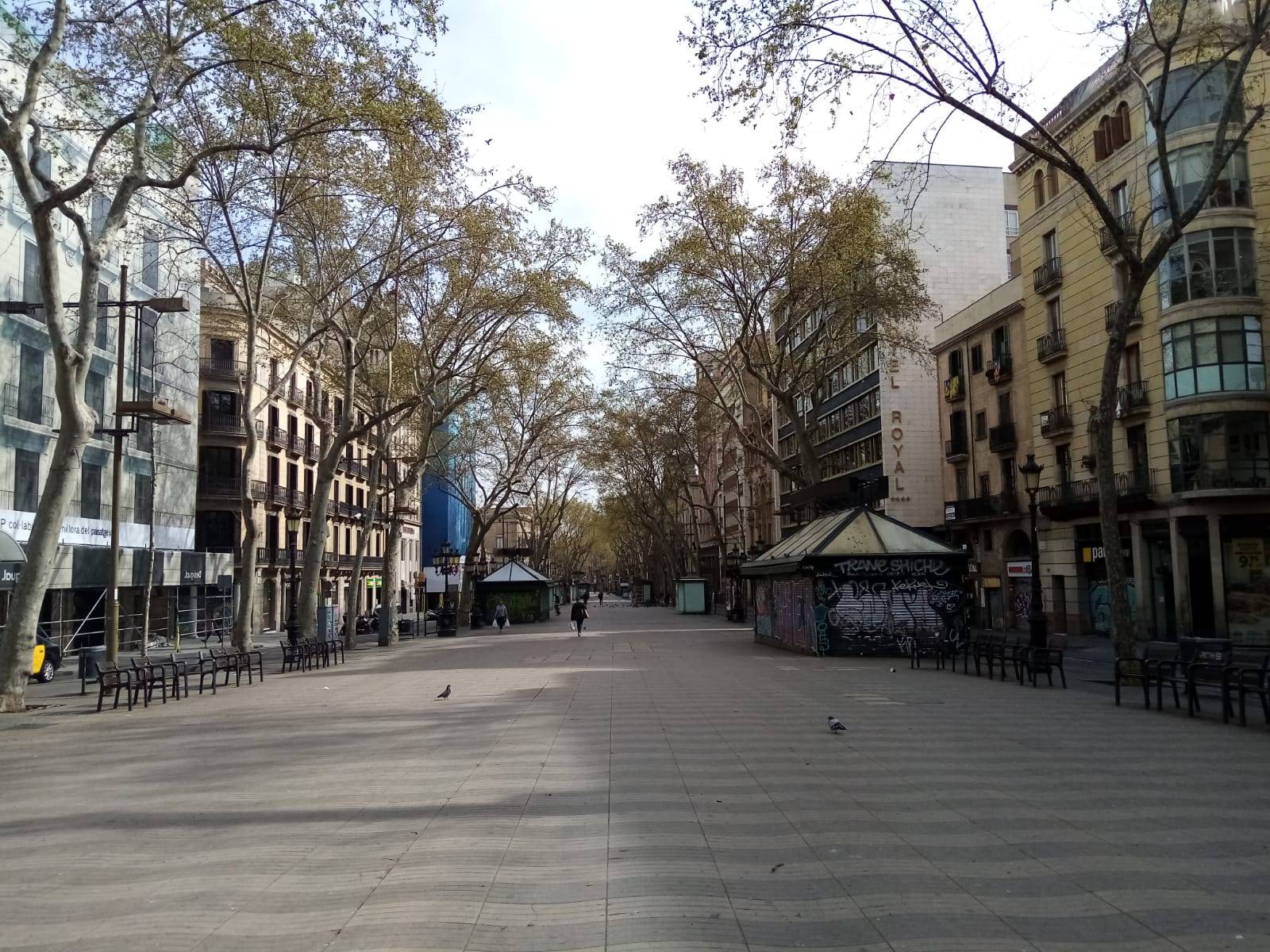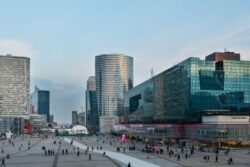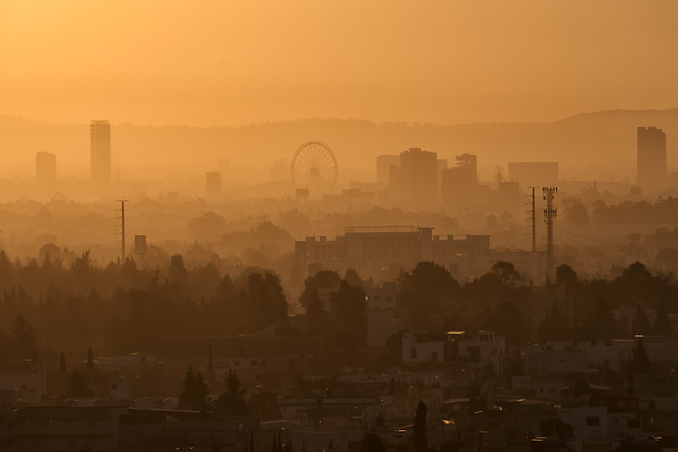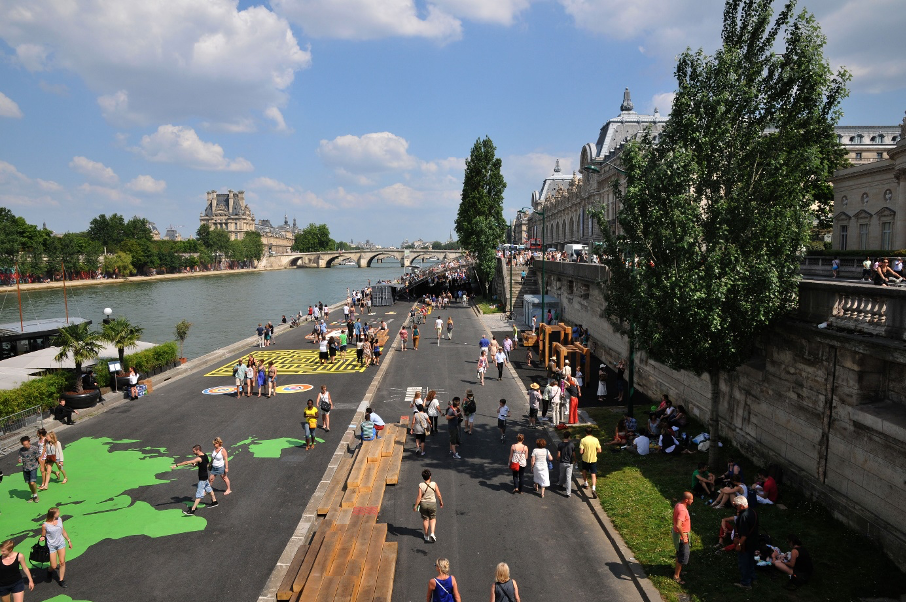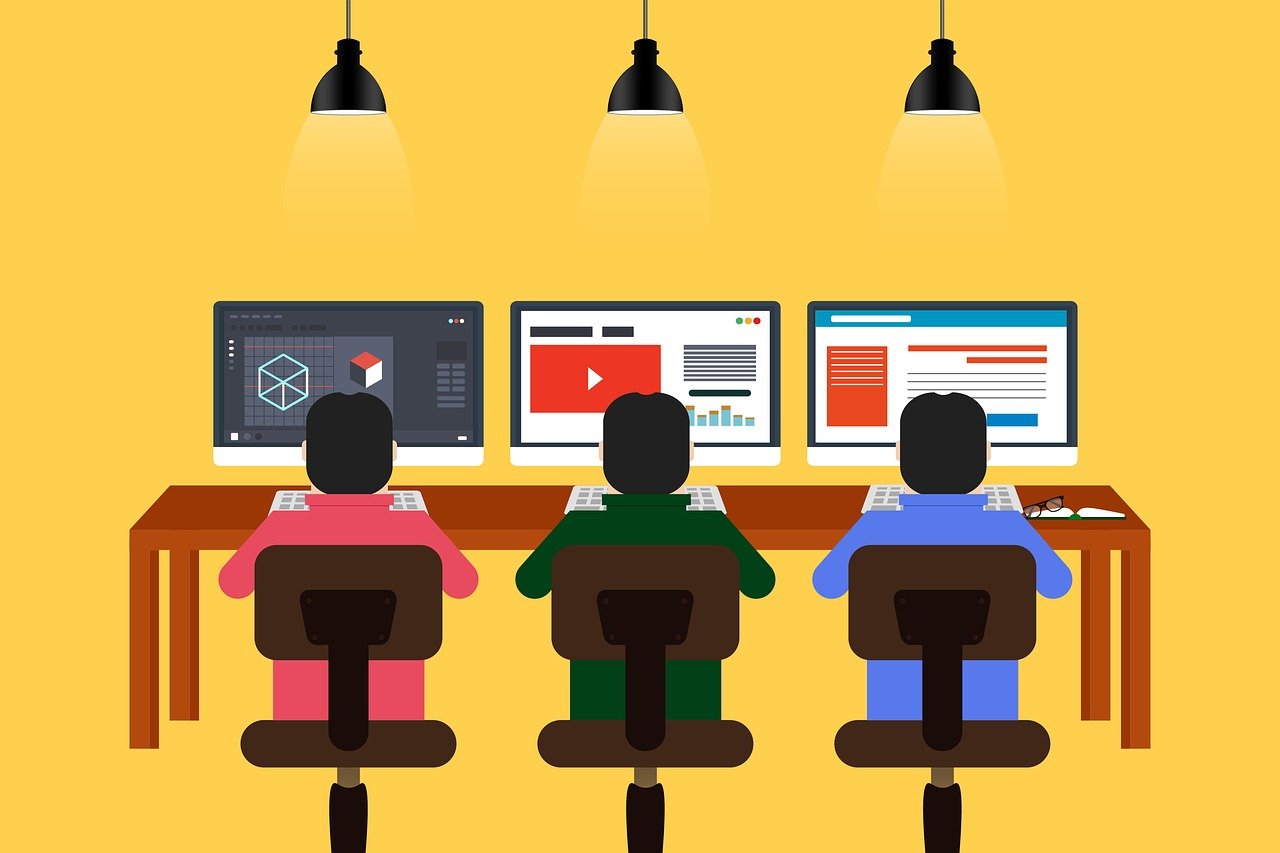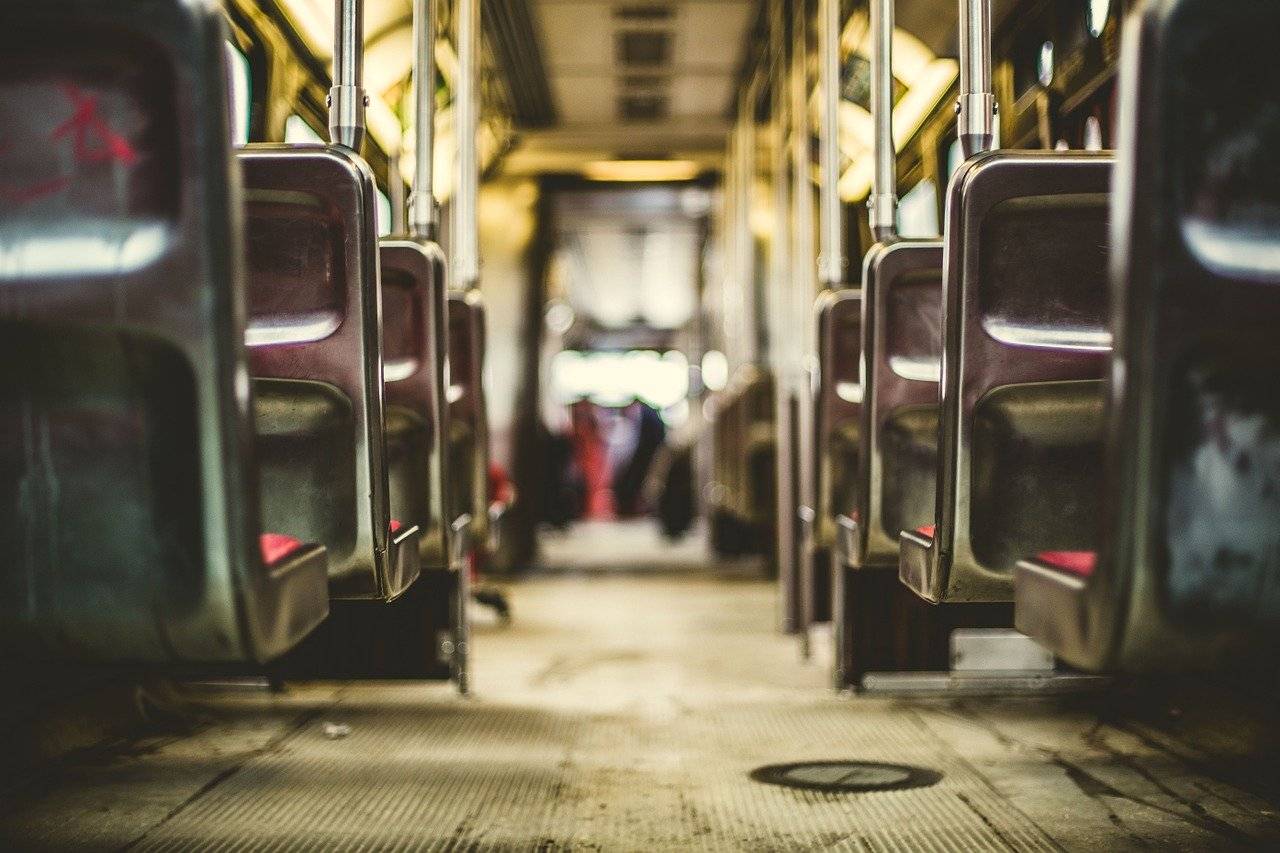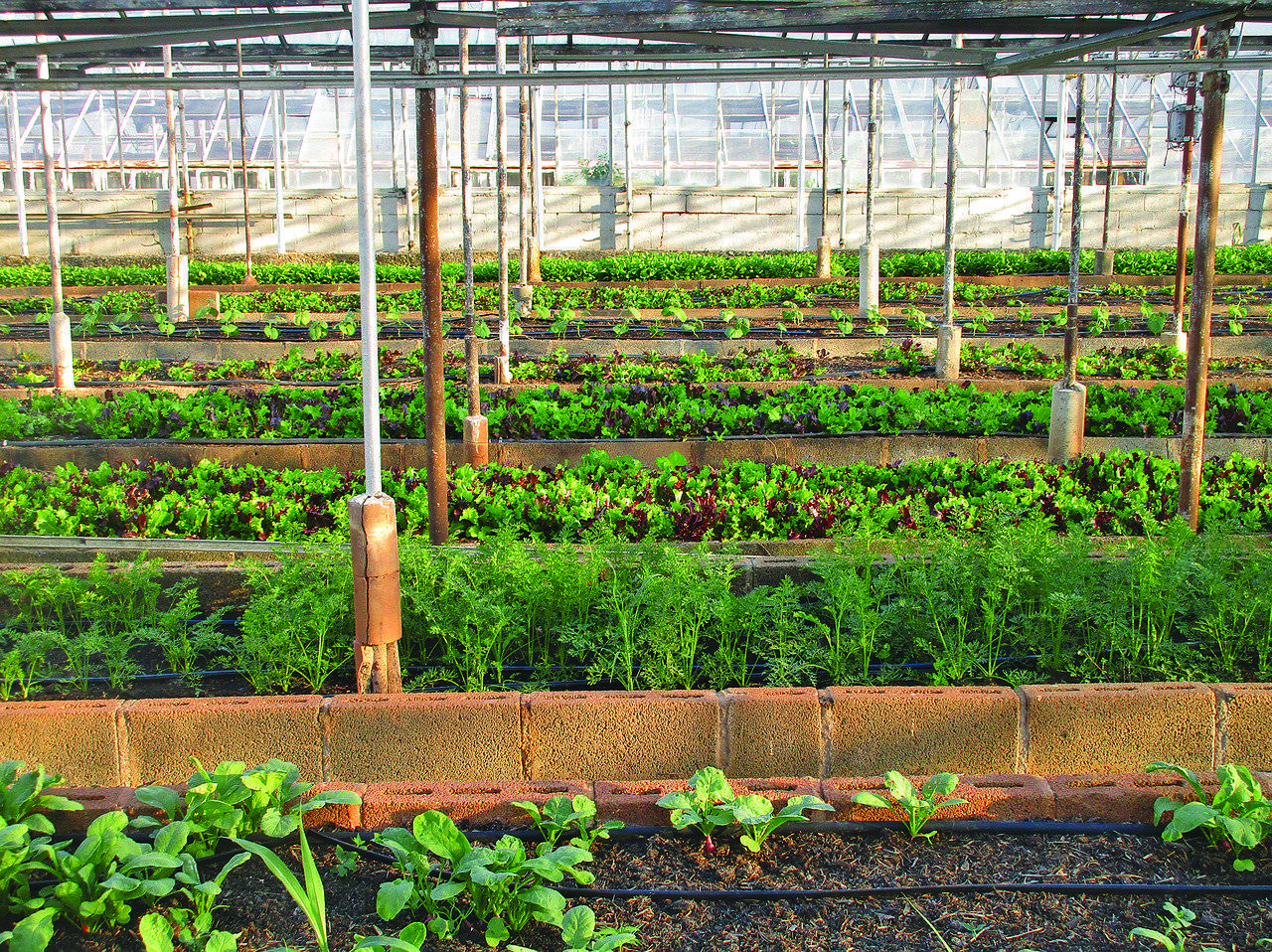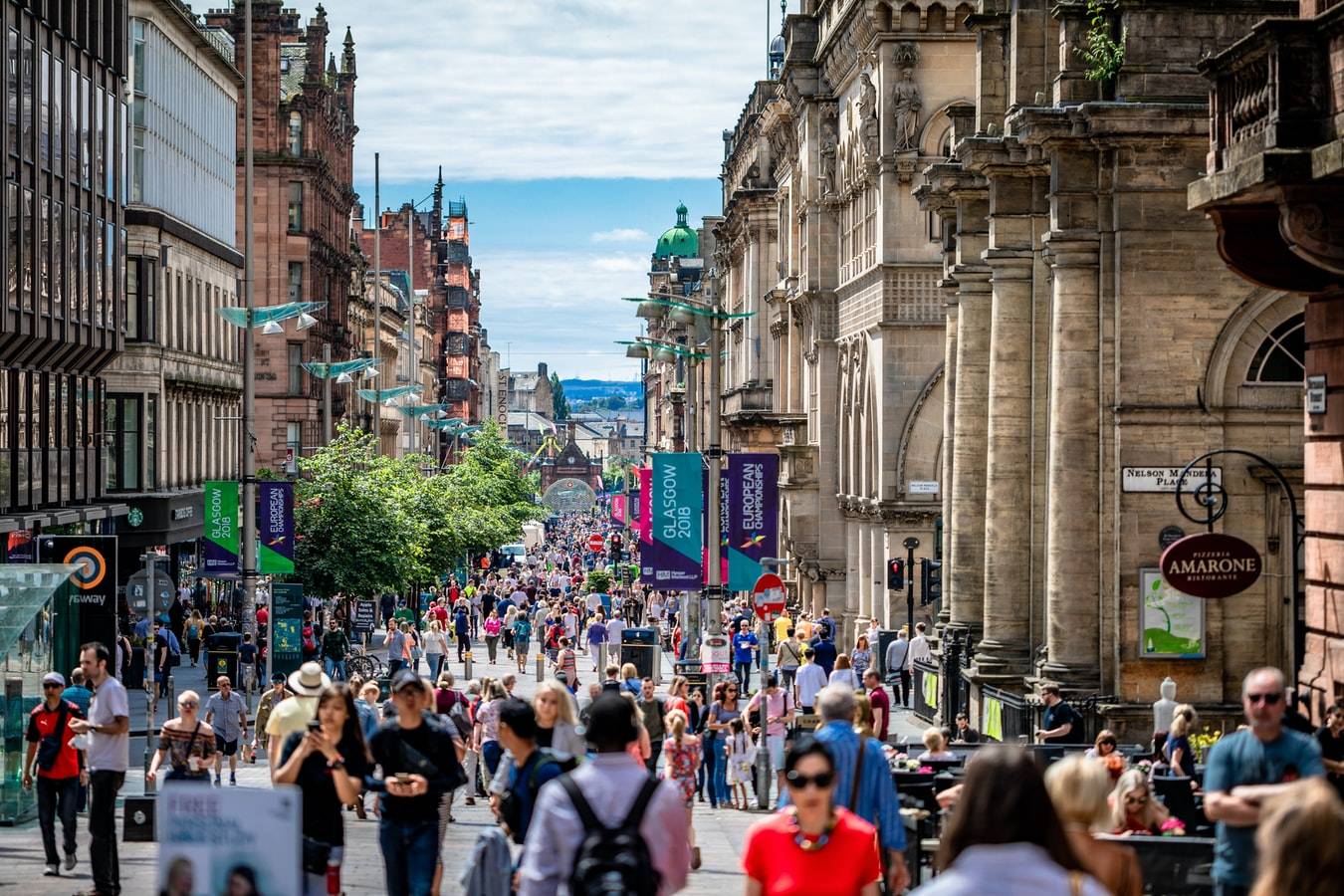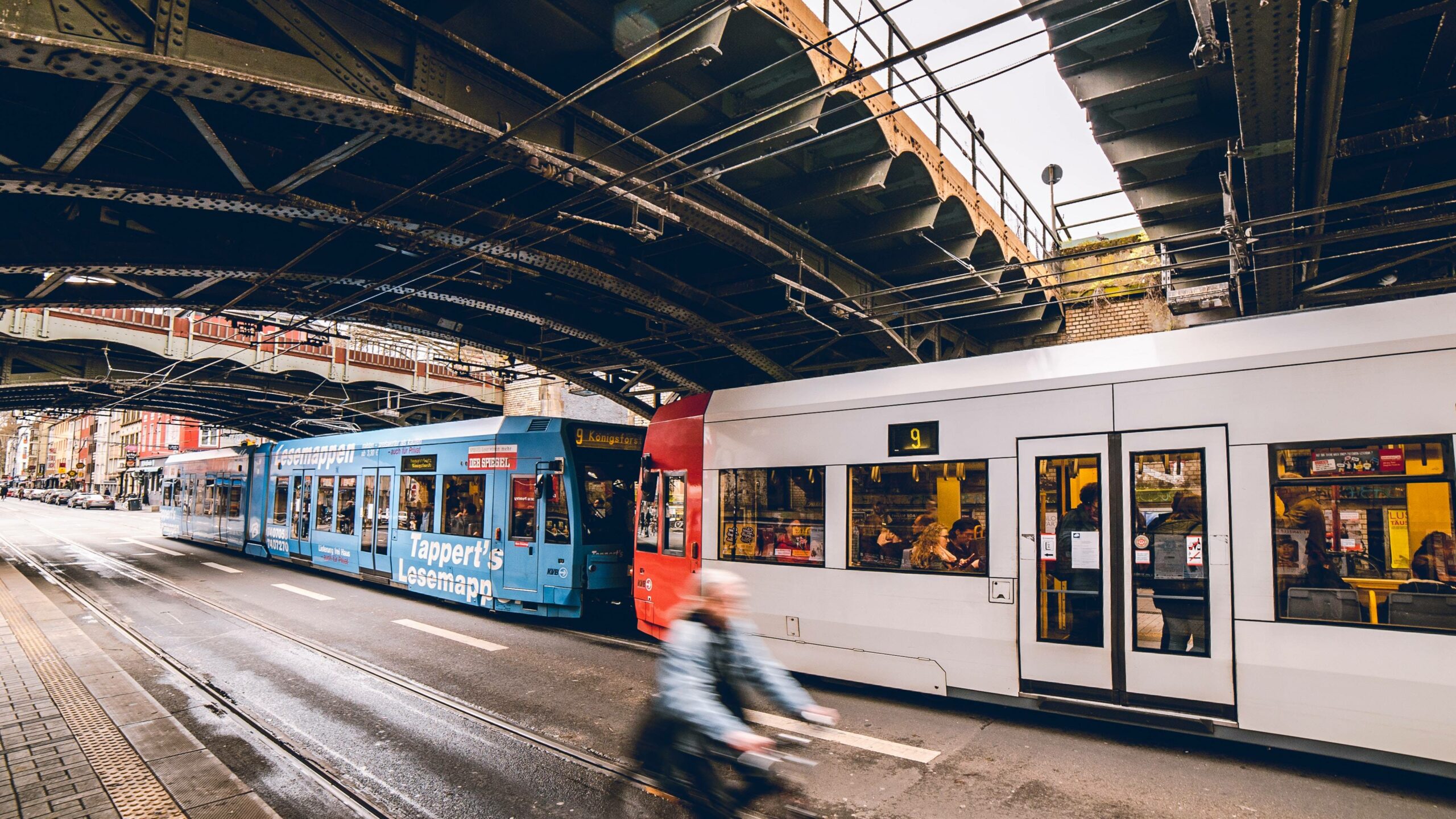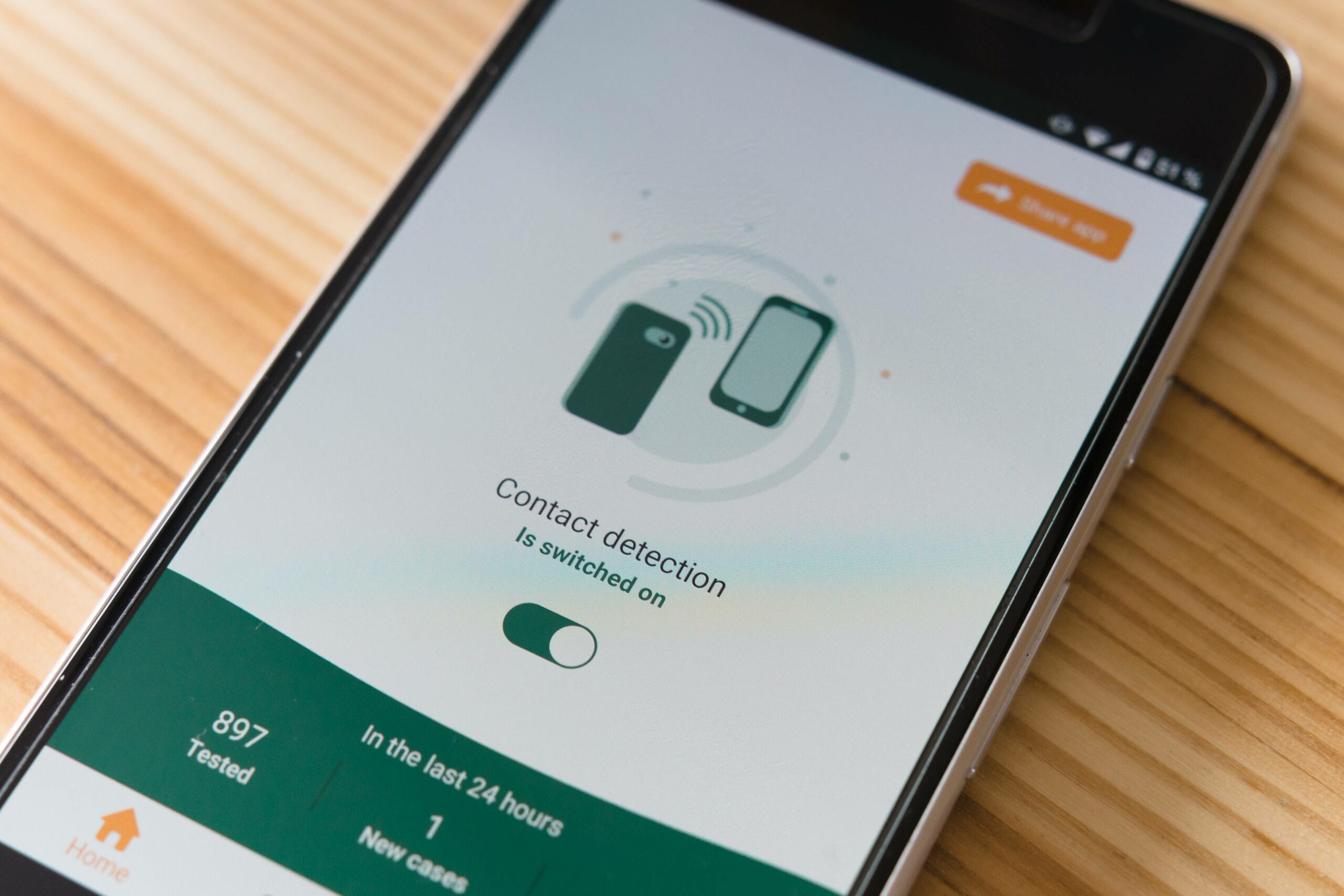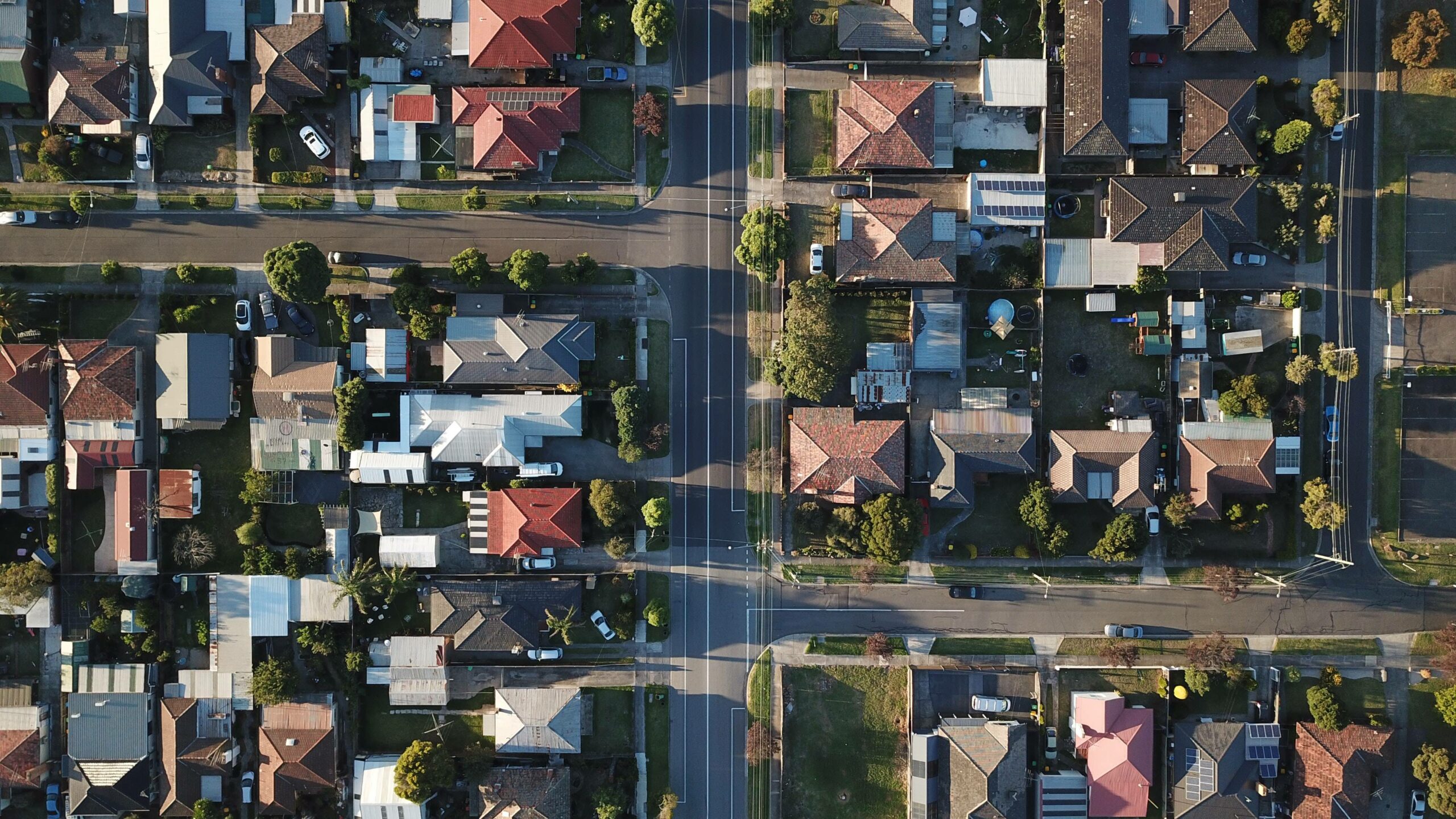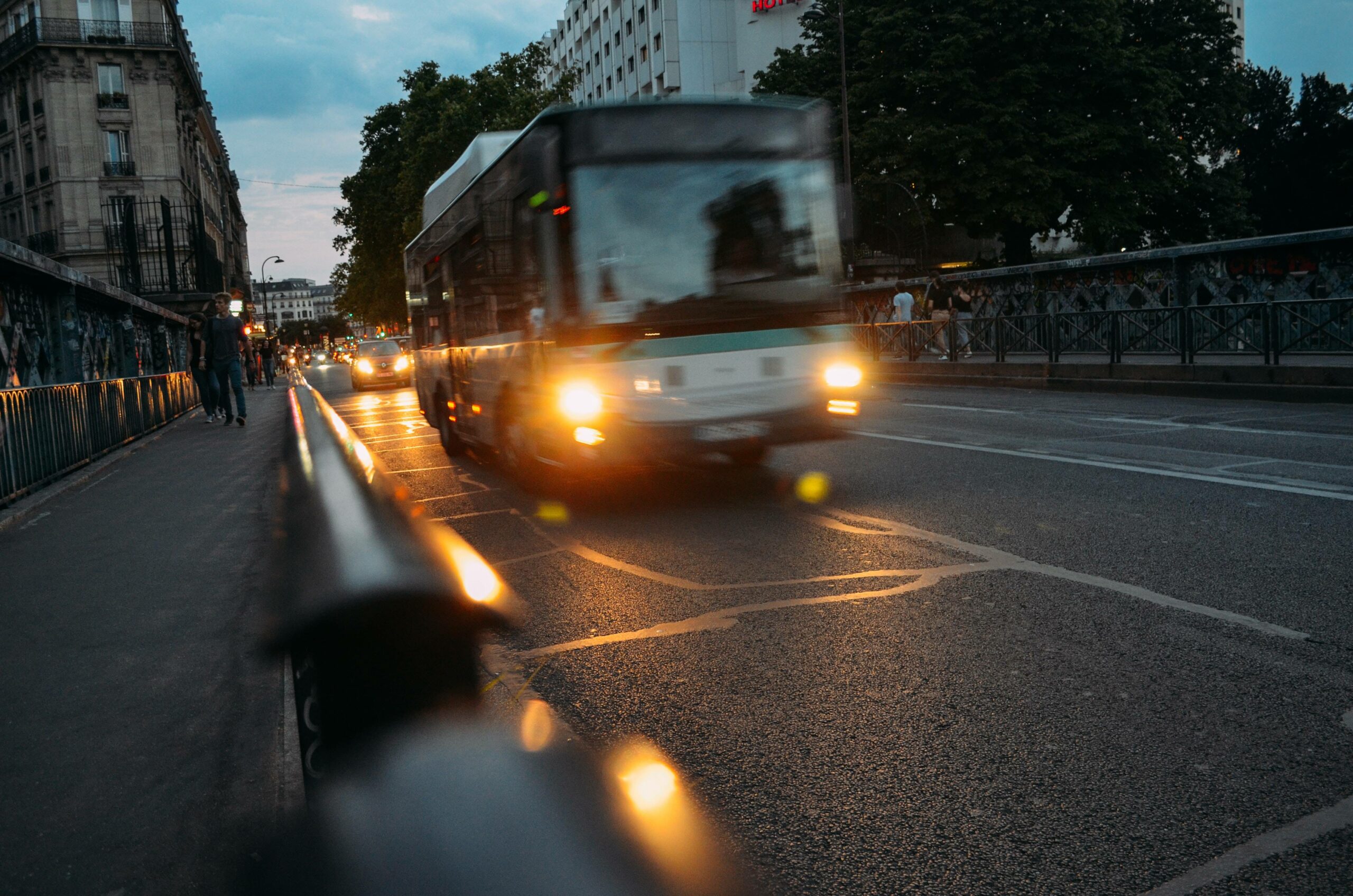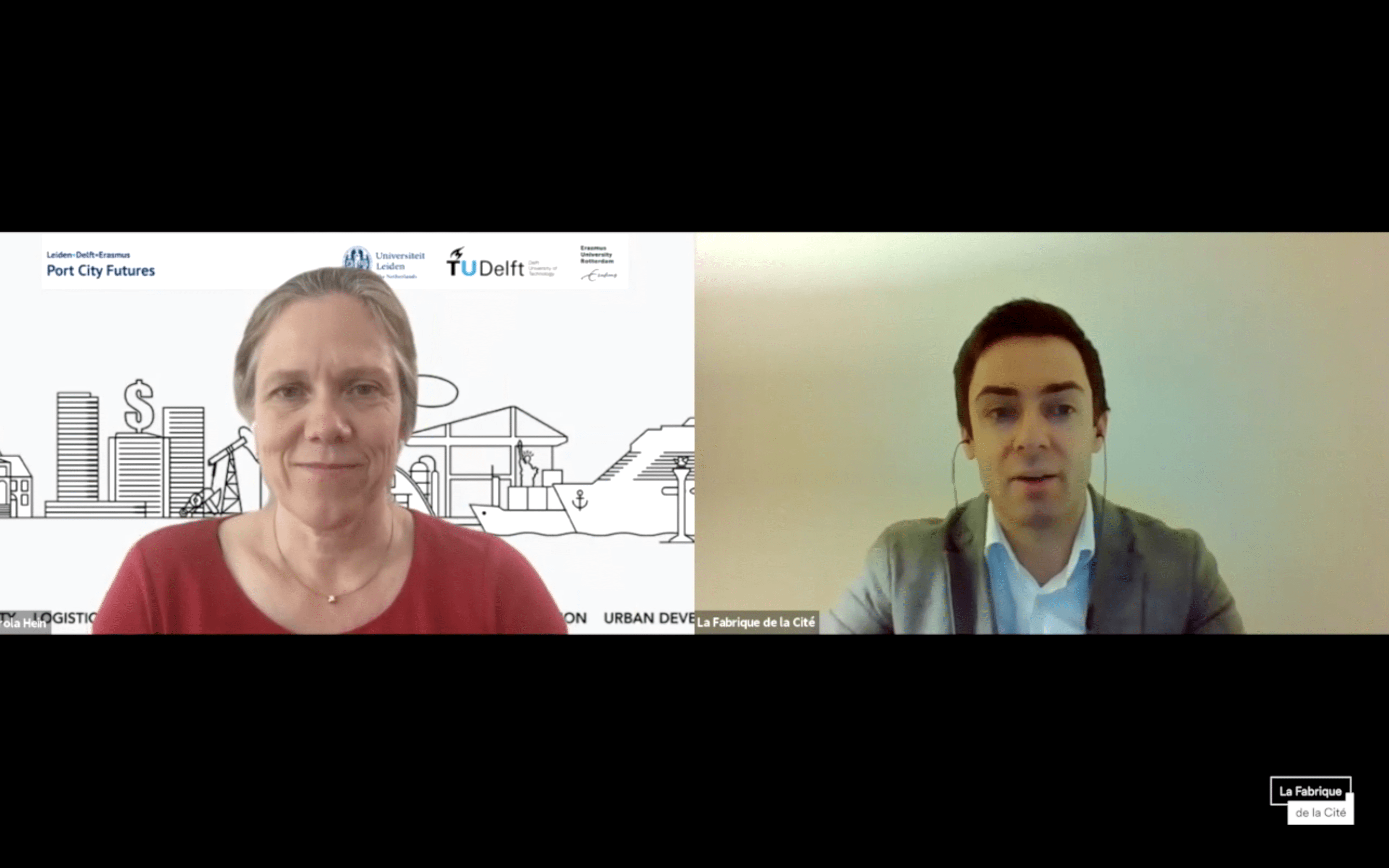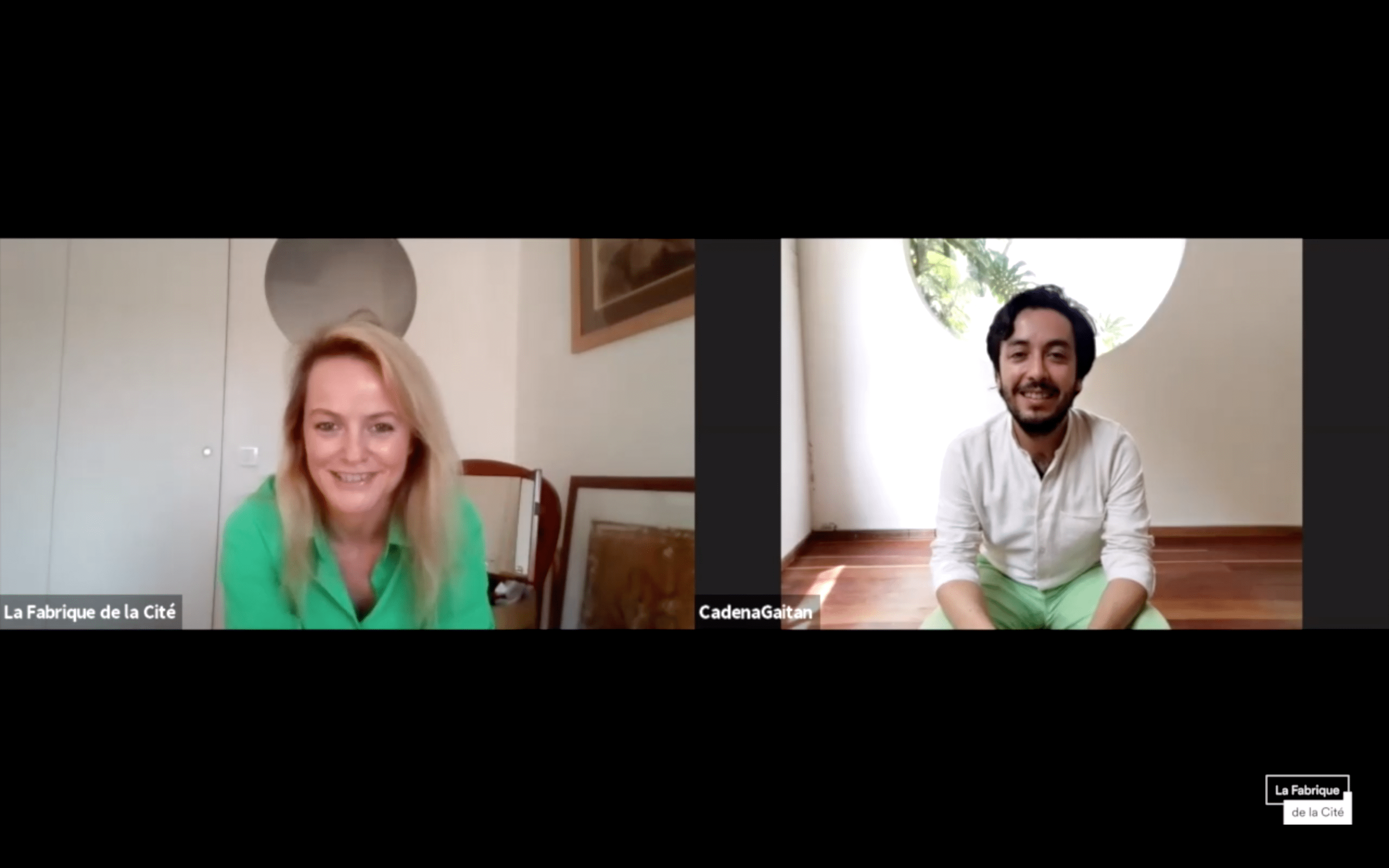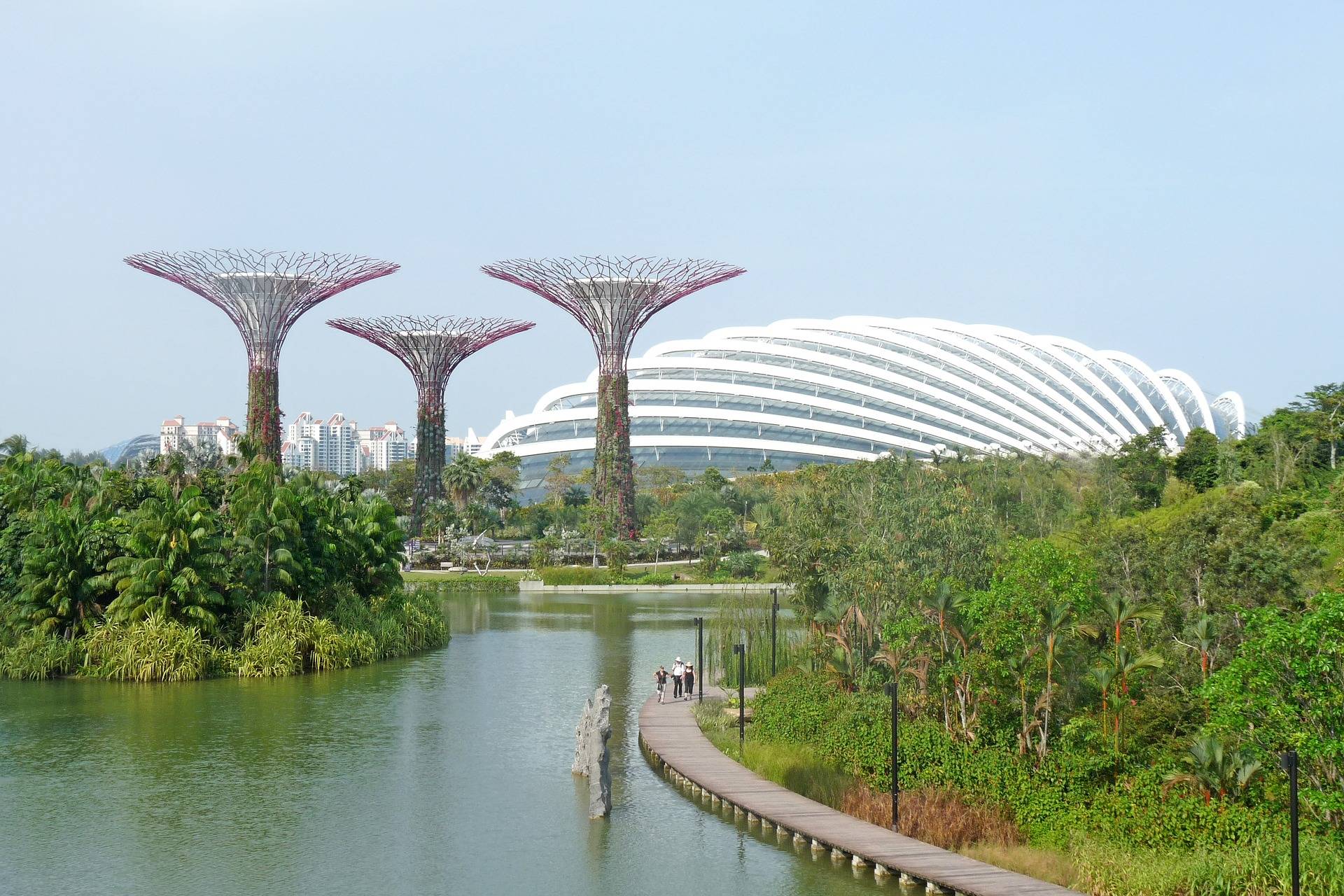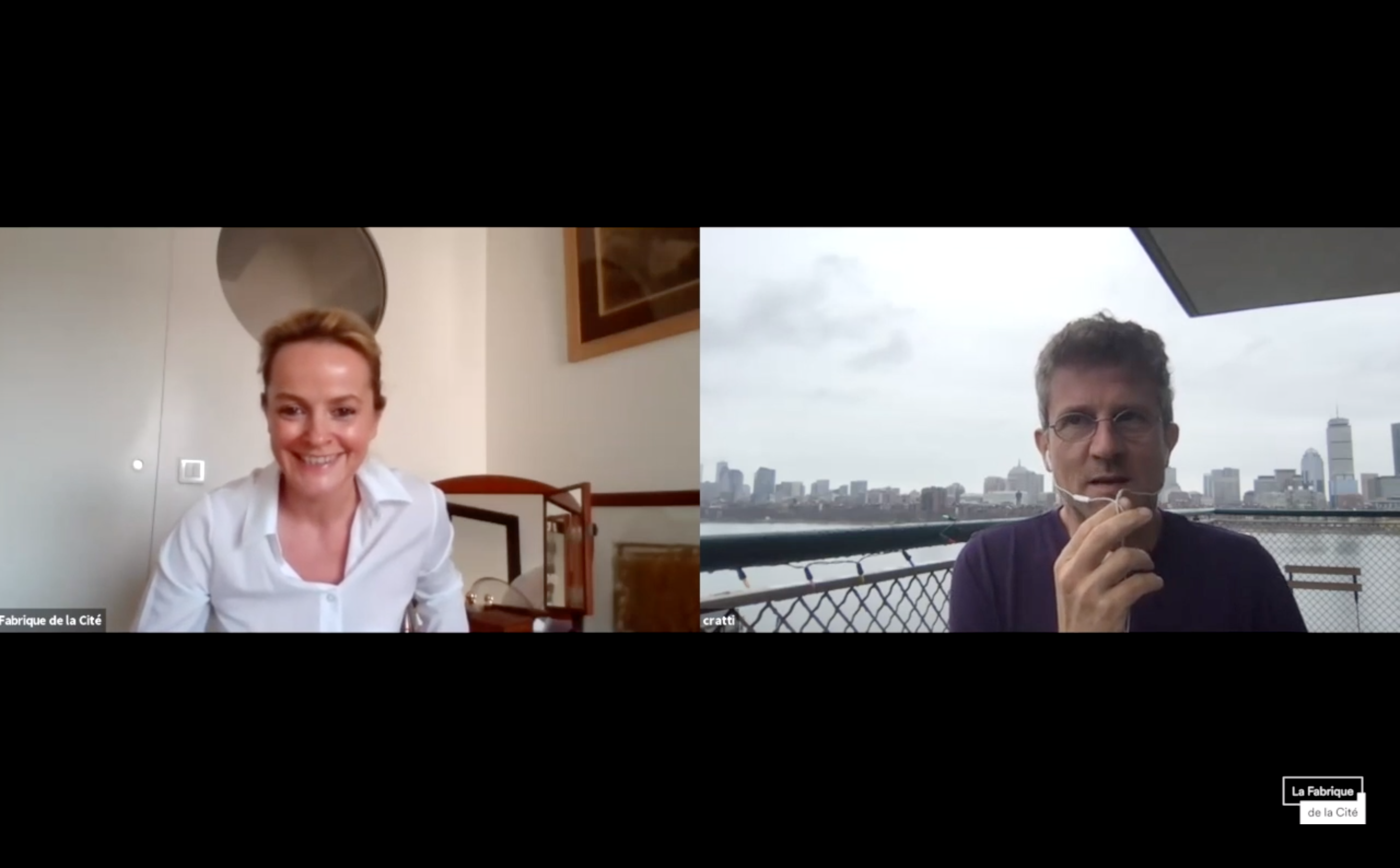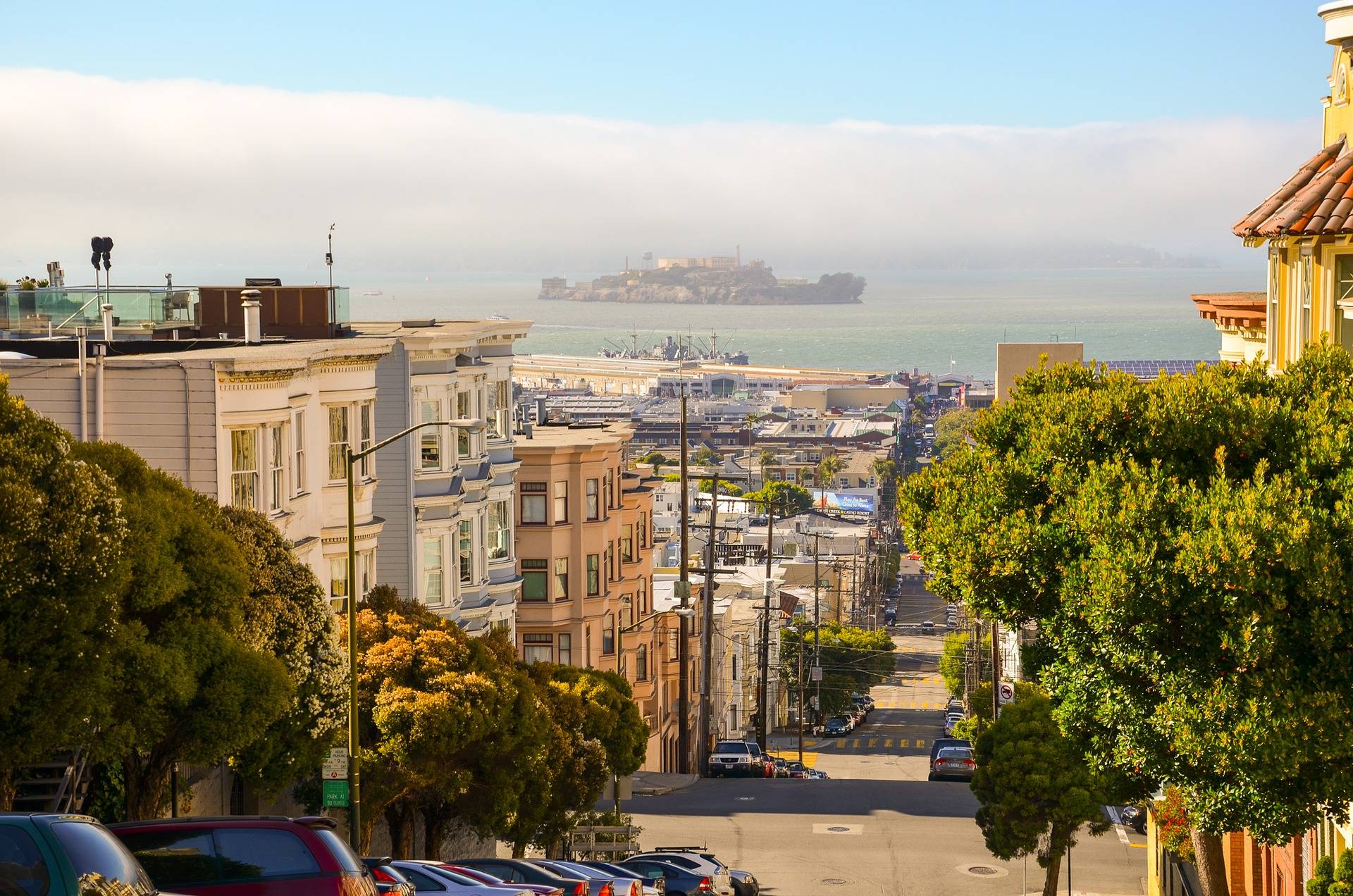

Cities in safe boot mode
“Happy families are all alike; every unhappy family is unhappy in its own way.” Cities are not like those families Tolstoy mentions at the beginning of Anna Karenina: they all look the same in the drama we’re living through. The photos of the big cities that are in the media on a loop show us neither the Place de la Concorde in Paris, nor Times Square in New York nor the highways of Bogotá: they tell us of the absence of cities. The absence of flow, the absence of noise, the absence of pollution, the absence of human beings.
This virtual walk through cities in crisis outlines what cities are. What the COVID-19 epidemic breaks in cities is their role as a “scale-switcher”. Confinement, lockdown, whatever you call it has erased the multiple scales in which we previously carried out our daily activities. The city, the agglomeration, the urban area have disappeared. And what is to be said when it comes to cities in neighboring countries or in the rest of the world, which have become mere narratives that can be accessed via social networks when they are not reduced to epidemiological or mortality curves? Only one concrete experience remains: the neighborhood, where I do my shopping or exercise, has become the only scale of our lives, our living area or even our employment area for those of us who are teleworking. The city, the concrete city, the lived city, is now only what I see or walk through: the place where I live and, according to France’s lockdown rules, a circle of one kilometer around it. It is organized on the scale of our body, of our basic needs has become the referential of city organization.
In doing so, cities paradoxically give us a glimpse of their immense strength. Like us, the city has returned, literally, to its fundamentals: to operate, when they exist, the water, electricity, gas, garbage collection and treatment networks, to be the city of cables, of Internet fiber. The underground, the invisible city, the city of hidden infrastructures, the essential city is standing strong. It does not waver. A computer scientist would say it has gone into safe boot mode. The city of networks is smarter than ever in the sense that it has been able to adapt in a phenomenal way to a situation that it hadn’t known since the great cholera epidemics of the 19th century: it does what it is asked to do, it works, supported by the municipal public services, its delegates and its concessionaires. Public, private: the summa divisio so dear to our old reflexes is gone, so much the better. Today, there is the essential, and the rest.
And this essential is also our municipal political institutions. If our cities look nothing like cities at war, it is because, like the caretakers and all those invisible people who have been driven out of the heart of cities for lack of affordable housing, their mayors and municipal teams are on all fronts.
Ladies and gentlemen elected municipal officials, thank you! For this “critical city” that continues to function is ready to restart at any time. And us with it!
No time to read? La Fabrique de la Cité has got you covered. Check our newsletter#24.
To be informed of our upcoming publications, please subscribe to our newsletter and follow our Twitter and LinkedIn accounts.
These other publications may also be of interest to you:
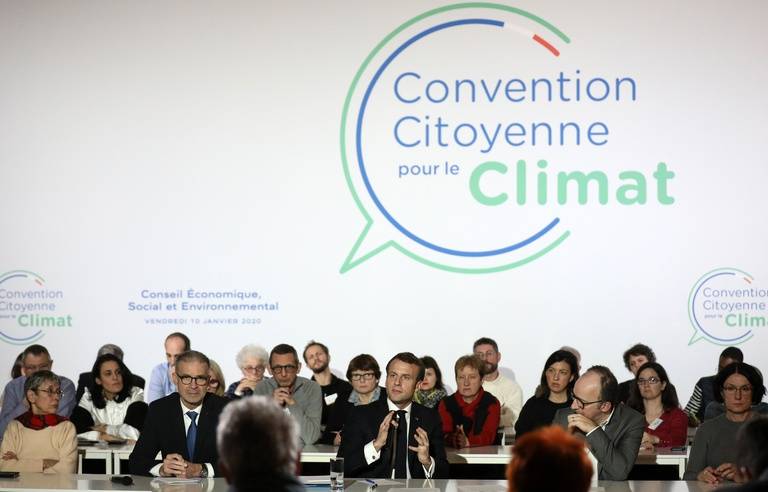
Is resilience useful?
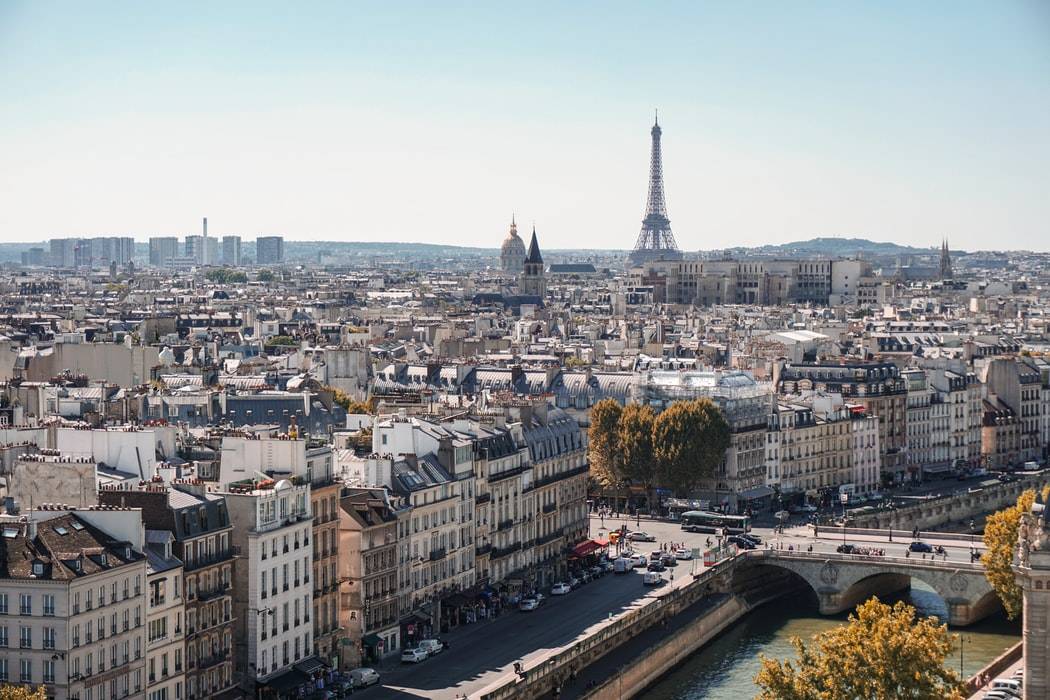
Long live urban density!
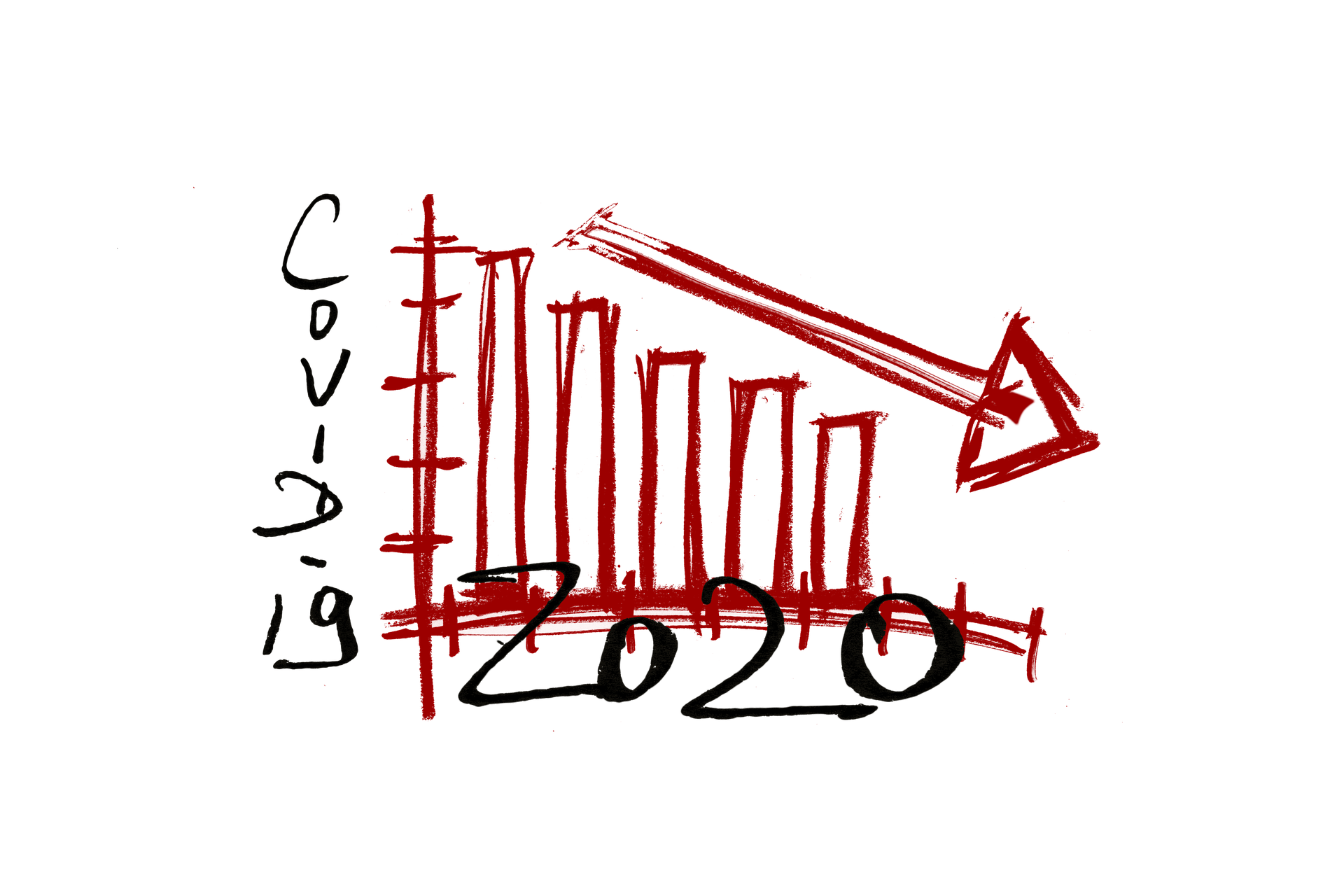
Behind the words: Recovery
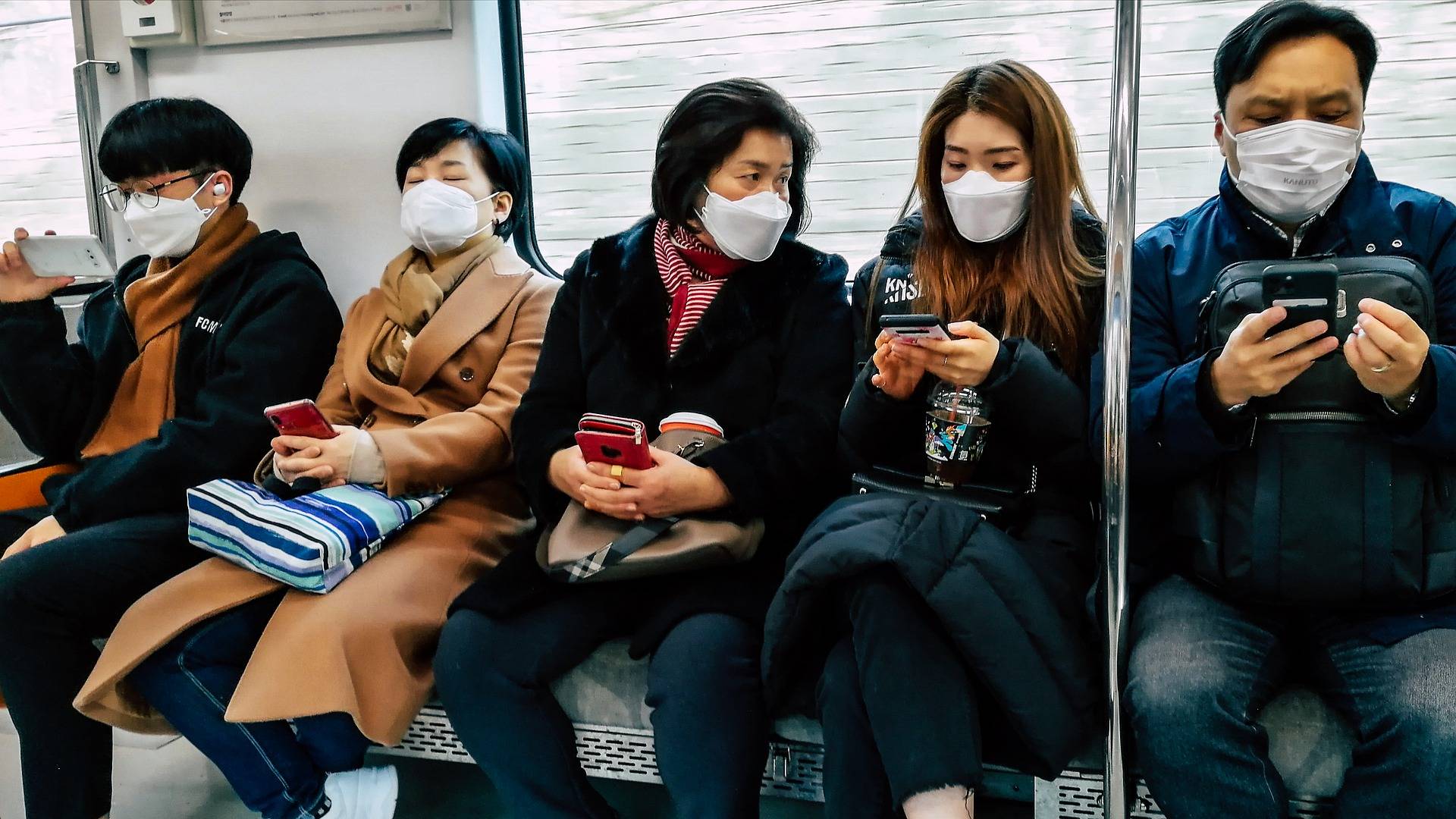
Sending out an SOS
The ideal culprit
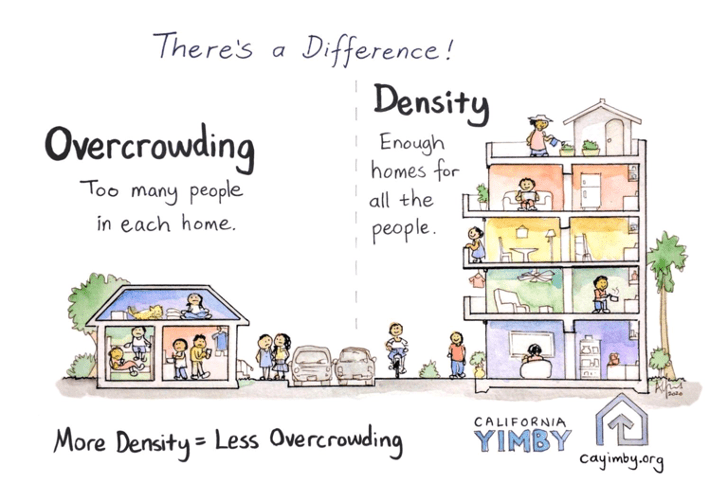
Behind the words: density

Behind the words: telecommuting
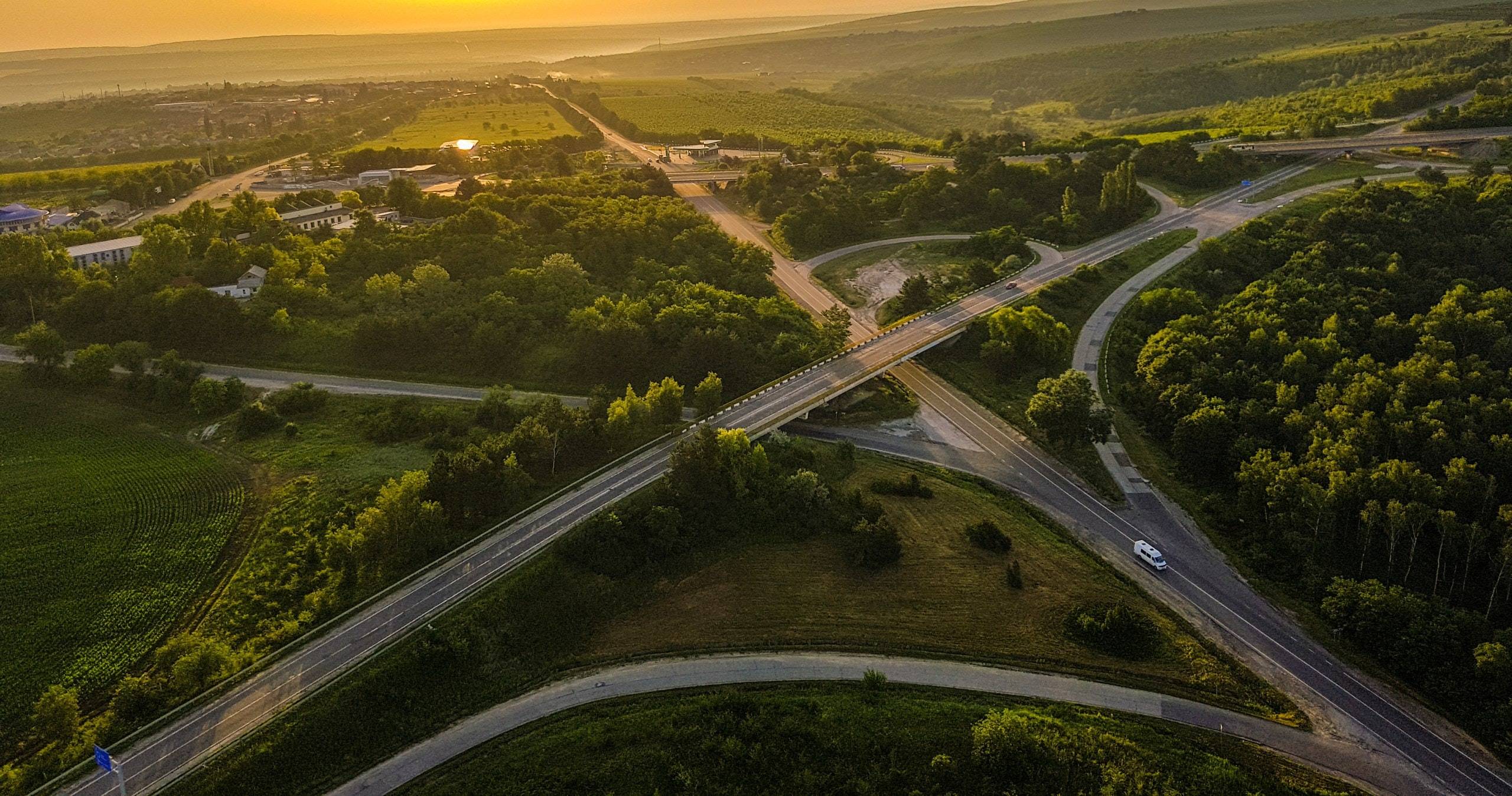
Behind the words: urban congestion

Behind the words: food security
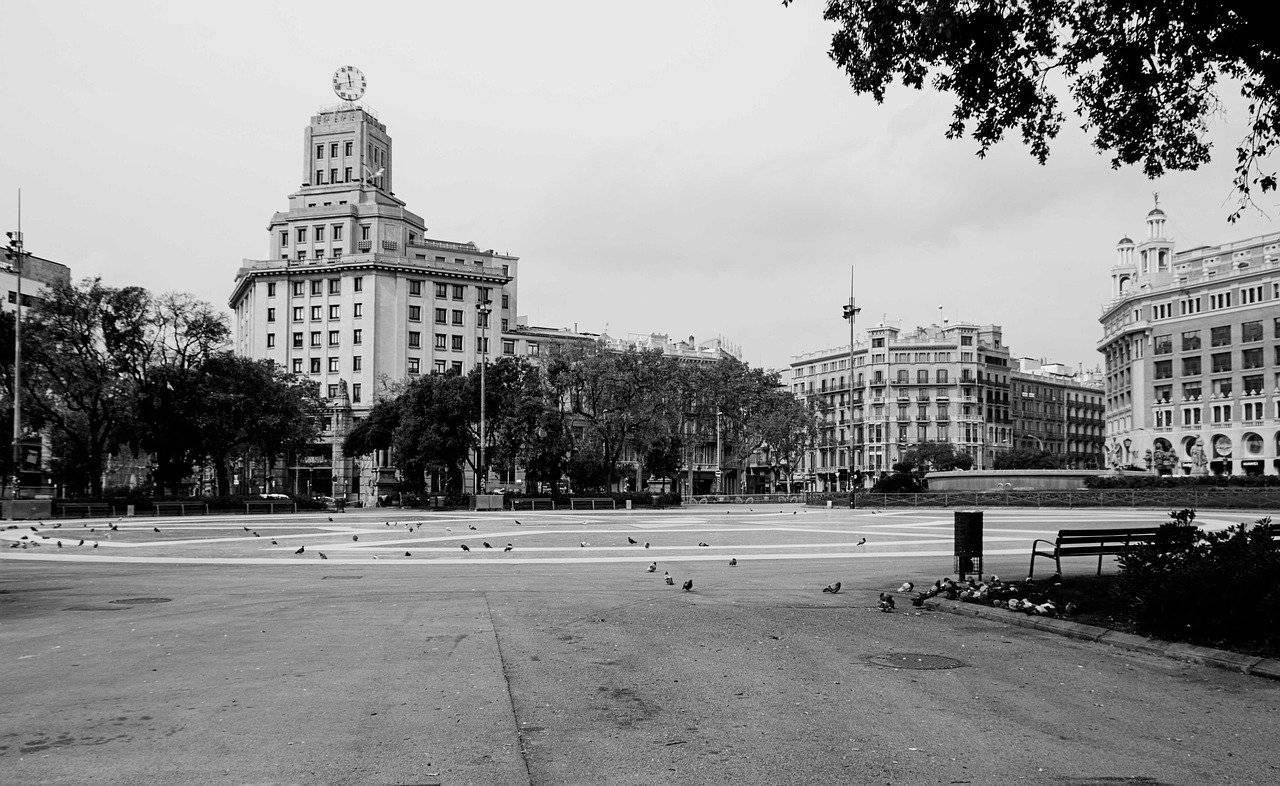
180° Turn
Across cities in crisis
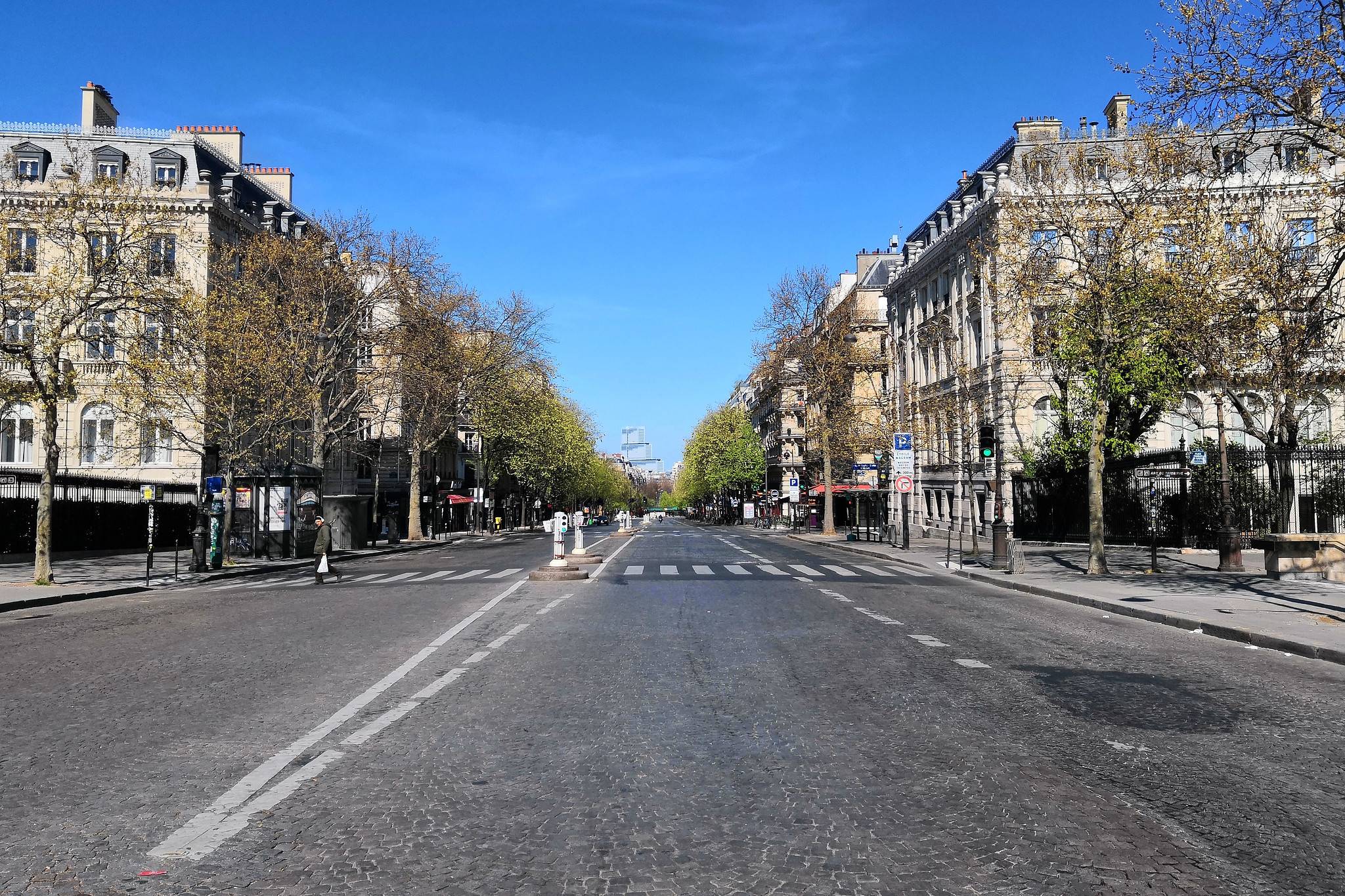
A street named desire
La Fabrique de la Cité
La Fabrique de la Cité is a think tank dedicated to urban foresight, created by the VINCI group, its sponsor, in 2010. La Fabrique de la Cité acts as a forum where urban stakeholders, whether French or international, collaborate to bring forth new ways of building and rebuilding cities.















